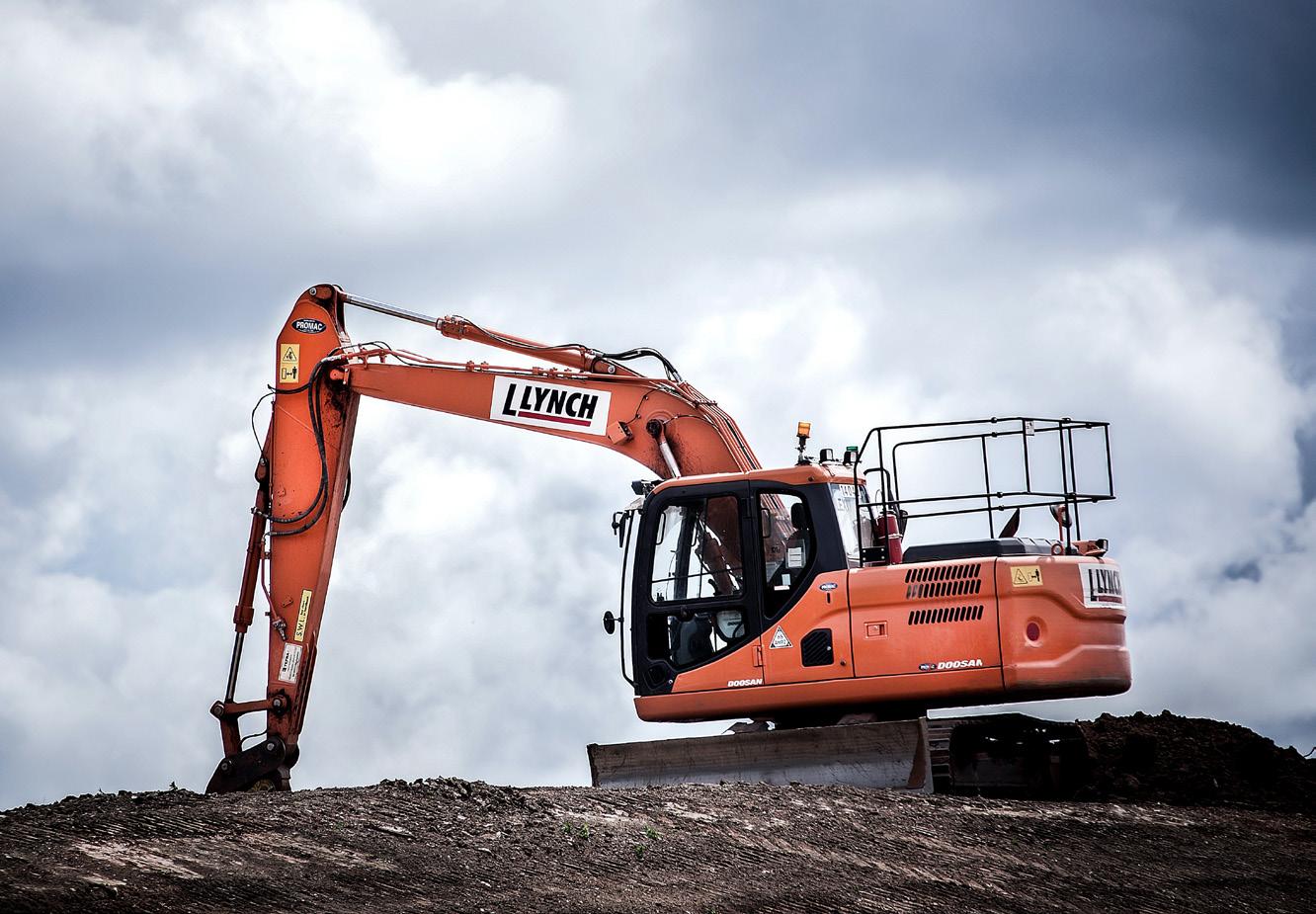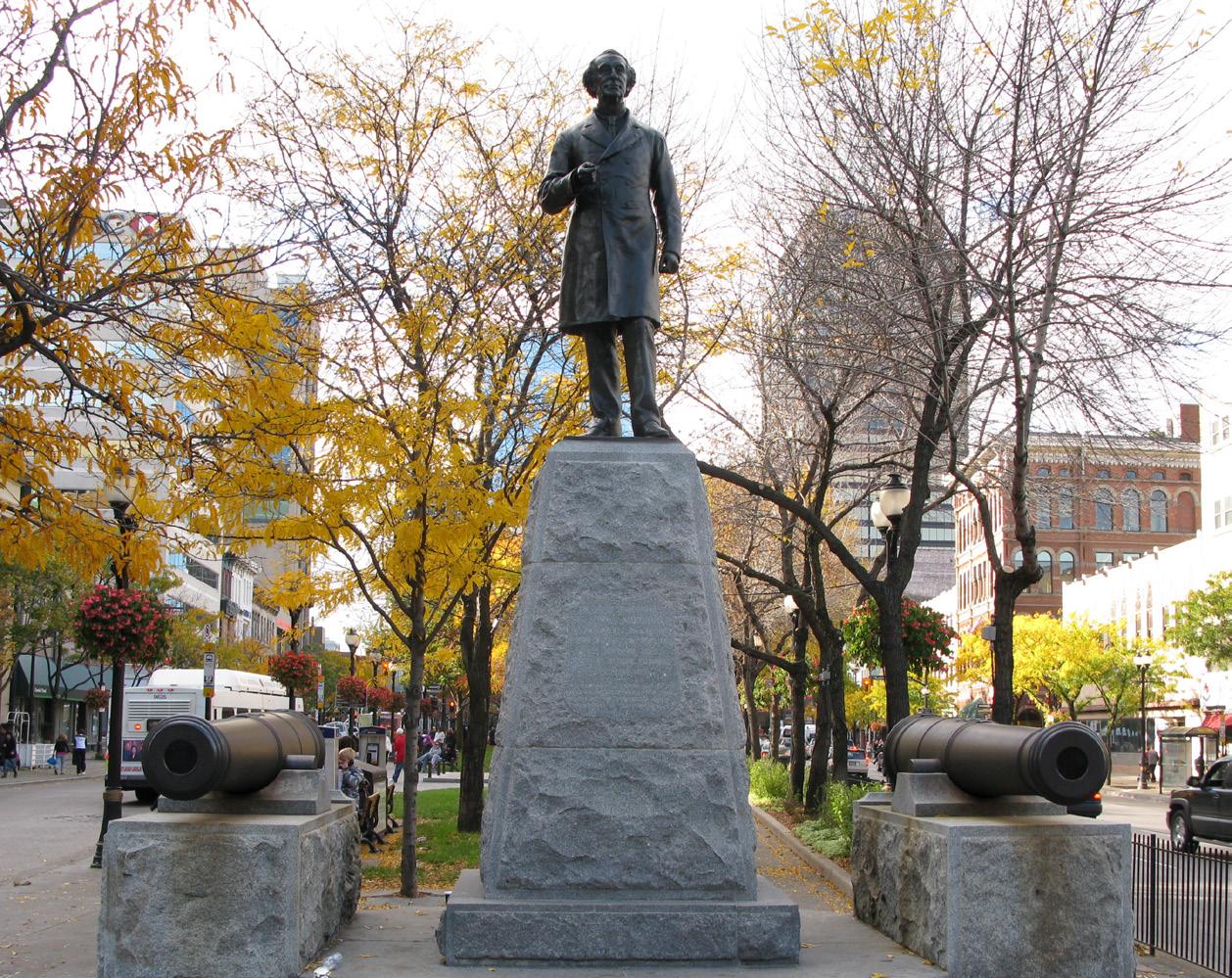Features
How local teams in Waskaganish and Wemindji managed the Covid crisis by Patrick Quinn | Photo by Ndiamon
A
s Eeyou Istchee transitions into Phase 3 of its deconfinement plan, life is slowly but steadily returning to normal. While people are enjoying the warm weather and stable pandemic situation, however, local CMC teams remain hard at work to ensure the public’s health and safety. In Waskaganish, a pandemic plan was rapidly developed, and a committee formed with representatives from public health, the local Community Miyupimaatisiiun Centre (CMC), Eeyou Eenou Police Force, the school board, the Elders’ Council and Youth Council. With travel restrictions limiting the flow of people and goods, the local emergency management task force also helped businesses develop continuity plans. “I believe we were the first community to come up with this inter-community travel protocol,” said the Waskaganish task force coordinator, Ryan Erless. “In Phase 1, people were getting anxious to see family members from other communities. We had public-safety officers review the request forms. If they met the criteria, they could pass the checkpoints.” During the initial outbreak, public-safety employees occupying these checkpoints worked 73 days straight to limit the risk of community exposure. While this relentless workload has abated, it demonstrates the dedication with which healthcare workers have handled the crisis. Clinics have set aside “red zones” to confine those with Covid symptoms and are still asking patients to call ahead before showing up, even for medication refills. Besides ensuring visitors answer pre-triage questions and wear a mask,
healthcare workers are prioritized for testing. “We compiled a list of all the high-risk people working on the frontlines and sent it to public health,” Erless told the Nation. “They determine who should be tested. I believe they do 20 tests per cycle in the Cree Nation. At first, testing would take us maybe a week and now it’s just a few days – that service is remarkable.” As healthcare services slowly return to normal, more patients and escorts are travelling south for appointments that had been postponed. However, the Cree Health Board has a serious problem with no-shows on charter flights, which are limited to 10 passengers due to distancing requirements. To increase patient capacity, they have started using buses for transportation. On the first weekend of July, there were 14 no-shows, taking away valuable seats from people trying to return home or travel to an urgent appointment. The CHB has begun calling people to confirm their flights and ask that anyone choosing not to use their seat inform their CMC in advance. “I’m pretty sure a lot of people want to go but don’t want to isolate coming back,” said Laurie Ann Georgekish Hester, one of Wemindji’s Covid communications leads. “Especially the patients who have to go for an appointment, they cancel because they don’t want to isolate after.” Georgekish Hester recently went on community radio to clarify the mandatory self-isolation law. She said some people didn’t realize that those isolating are still allowed to go outside. Her department has been checking in with patients in isolation by telephone so they don’t feel alone.
10 the Nation July 17, 2020 www.nationnews.ca









